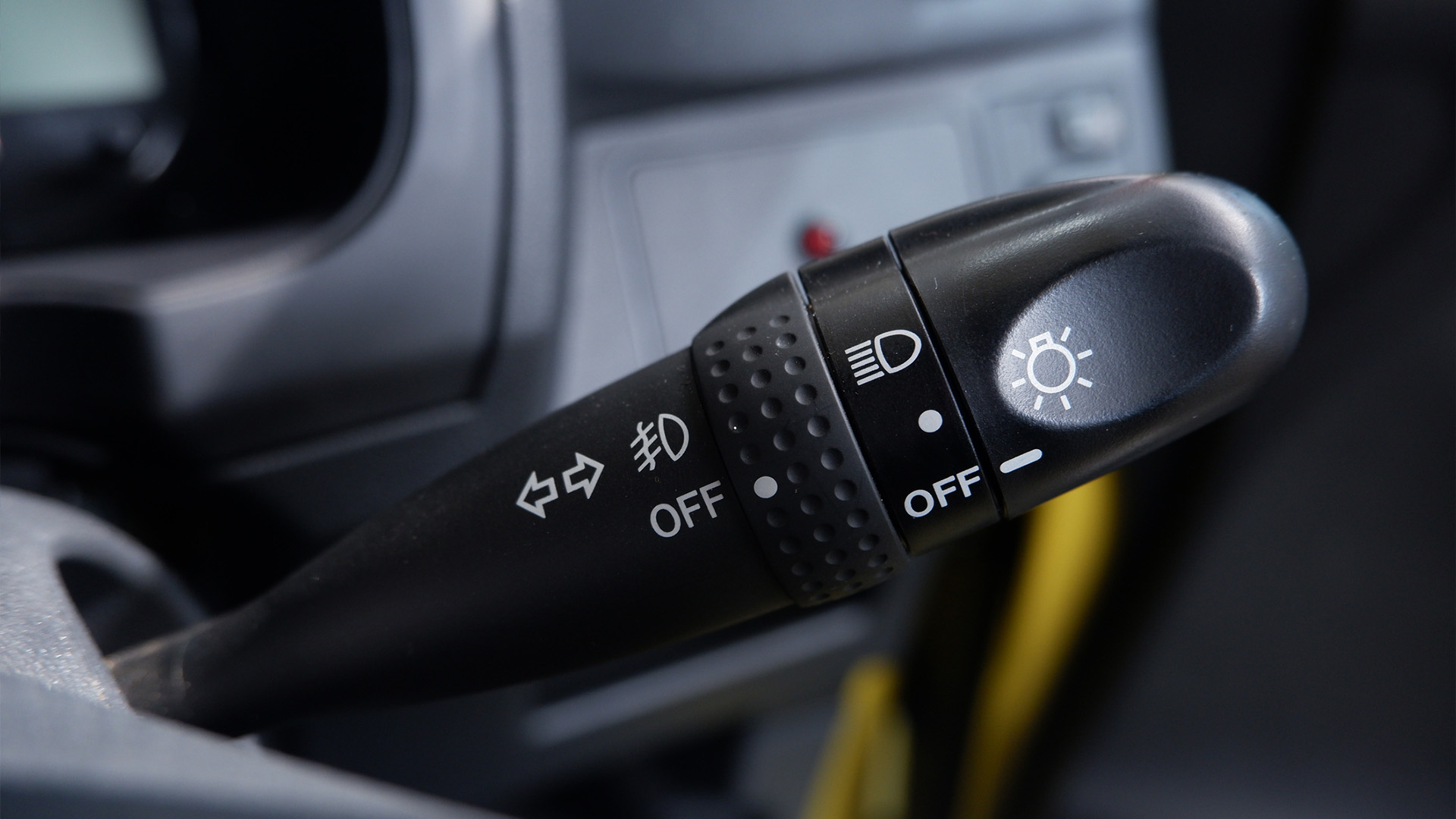EV charging courtesy
While EV drivers appreciate the increasing convenience of additional charging stations, there is often only a single outlet available. A frequently occurring problem is that people plug their car in to charge and then leave with no indication of where they are going, what they are doing or how long they will be.
Surely, as a courtesy to fellow users, some information should be left for the next person. As a practice, when we leave our car charging we leave a note under the windscreen indicating at what time we will return and a contact telephone should there be an urgent need.
ROBERT BARWICK, SUNNYBANK HILLS
Pedestrian safety concern
I fully agree with the sentiments and opinions expressed by Arthur Hamilton (Autumn TRA 2024). Quite a few people I know have stopped using walkway/ footpaths /bikeways because of the inconsiderate use of those areas by many wheeled vehicles. I was recently visiting a family member in hospital and in the next bed was a woman who recently had her spleen removed. She had been hit by an e-scooter while on a walkway and not only that, but the offender didn’t even bother to stop to check on her condition. I have also seen e-scooters at quite fast speeds on the road and what concerns me is that they can be difficult to see, can’t be heard and come quickly into a motorist’s field of vision. That’s a potentially dangerous mix of factors. I am hearing more and more near-miss stories from friends, which tells me it is a growing problem and the chances are that the risk of hitting someone or being hit is rising. I’d rather not be part of those statistics.
FRANK JACOBSON, ASHGROVE
Foot ‘dipper’ was fine
Thanks to the person who wrote about the headlight dipper being moved onto the steering column (Autumn TRA 2024). I have been driving since 1964 and have always been mystified that manufacturers took the dipper off the floor. Both drivers have to take a hand off the wheel to dip, so both drivers are slightly ‘handicapped’ at the same time. It is also slower than the foot and easy to fumble.
ROBERTA TAIT, BRISBANE

Column switch favoured
Mike Mabbutt asked the question: “Why did vehicle manufacturers change the dip-switch position from the floor to the headlight stalk on the right-hand side of the steering column?” He has provided the answer to that question in the last paragraph of his letter. It is impossible to operate the floor-mounted dip switch if you happen to be making a gear change in a manual vehicle. Even though most vehicles have automatic gearboxes these days, manufacturers must still cater for vehicles with a manual transmission.
I have been driving since 1957 when manual transmissions were the norm and I can attest to the fact that floor-mounted dip swiches were a real pain. Oh, what joy when we progressed to steering-column-mounted dip switches. I have absolutely no problem operating the column-mounted dip switch without moving my hand from the wheel.
GERRY MUIRHEAD, BIRKDALE
OUR SAY: European car makers were the first to move the headlight dip switch from the floor to steering column stalks and other automakers, including in the US, followed suit. The move was enabled by the development of smaller electrical switchgear and provided production and cost efficiencies for car makers.
Use of a column-mounted stalk, located at your fingertips, is also easier for most people than feeling for a switch in the vehicle’s foot well. – Ged Bulmer, Motoring Editor
Let’s build our own car
Australia is a large country and I think it is an absolute disgrace that we are not manufacturing our own cars. Why can’t we build a sedan the size of a Holden Torana with an inline four-cylinder, unleaded petrol motor, five seats, automatic gearbox (so anyone can drive one), and rear-wheel drive with front and back coil suspension? A ‘no-frills’ model with power steering, air-conditioning, heater, vinyl floor covering, vinyl seats and a choice of three colours. If it was priced between $20,000 to $25,000, I feel Australia would sell heaps.
KEVIN AUSTIN, MAREEBA
Costly driving mistake
I read your article ‘Phone case disputed’ (Autumn TRA 2024) concerning Darryl Nissen (pictured) and his huge fine and loss of points. I feel for him. I had been hiking in the Swiss Alps, using my iPhone as a camera only and carried around my neck on a lanyard. After arriving back in Brisbane, I jumped into my car and put the phone (still on the lanyard, out of habit) around my neck. I, too, was caught by the same camera on the western freeway. The crazy thing is my motor vehicle has phone access, which is legal, so I am never tempted to use my mobile phone anyway – a hard lesson to learn. I also complained to no avail.
CAROL MARCHANT, SOUTH BRISBANE
EDITOR’S UPDATE: Mr Nissen has since contacted The Road Ahead to say his infringement notice for driving with a mobile phone in a case clipped to his shirt was waived, due to an administrative technicality, before the matter went to court. Mr Nissen said he was surprised by the decision “based on an administrative technicality that is totally unrelated to the regulation in question”. In advising Mr Nissen of the decision, a senior legal officer from the Department of Transport and Main Roads Land Transport Safety and Regulation Branch stood by the issuing of the infringement notice and added: “If you wish to avoid future infringement notices, your mobile phone should not be resting on any part of your body, including attached with a clip, to the body while driving.”
In all the years that I’ve had tyres fitted by various establishments, from the well-known franchises to small independents, I can safely say that they are never inflated to the manufacturer’s recommended pressures. Over-inflation seems to be the standard practice with sometimes as much as 10psi over, which is a lot when the recommended pressure is about 27psi. I once asked why the manufacturer’s specs weren’t followed and the response was: “We inflate them for Australian conditions.” A real old chestnut if ever there was one. Tyres that are over-inflated or under-inflated can seriously affect performance, economy and handling, not to mention a potential contributing factor to serious accidents.
Being mechanically minded, I regularly check my tyre pressures but I think that I am in a minority in that regard, which leaves a lot of under-maintained tyres out there. Surely it would help the situation if tyre fitters followed the manufacturer’s guidelines that have been established as a result of millions of dollars of development. While I’m at it, why are the wheel nuts put on so damn tight also?
STEVE BODROG, GAYTHORNE





